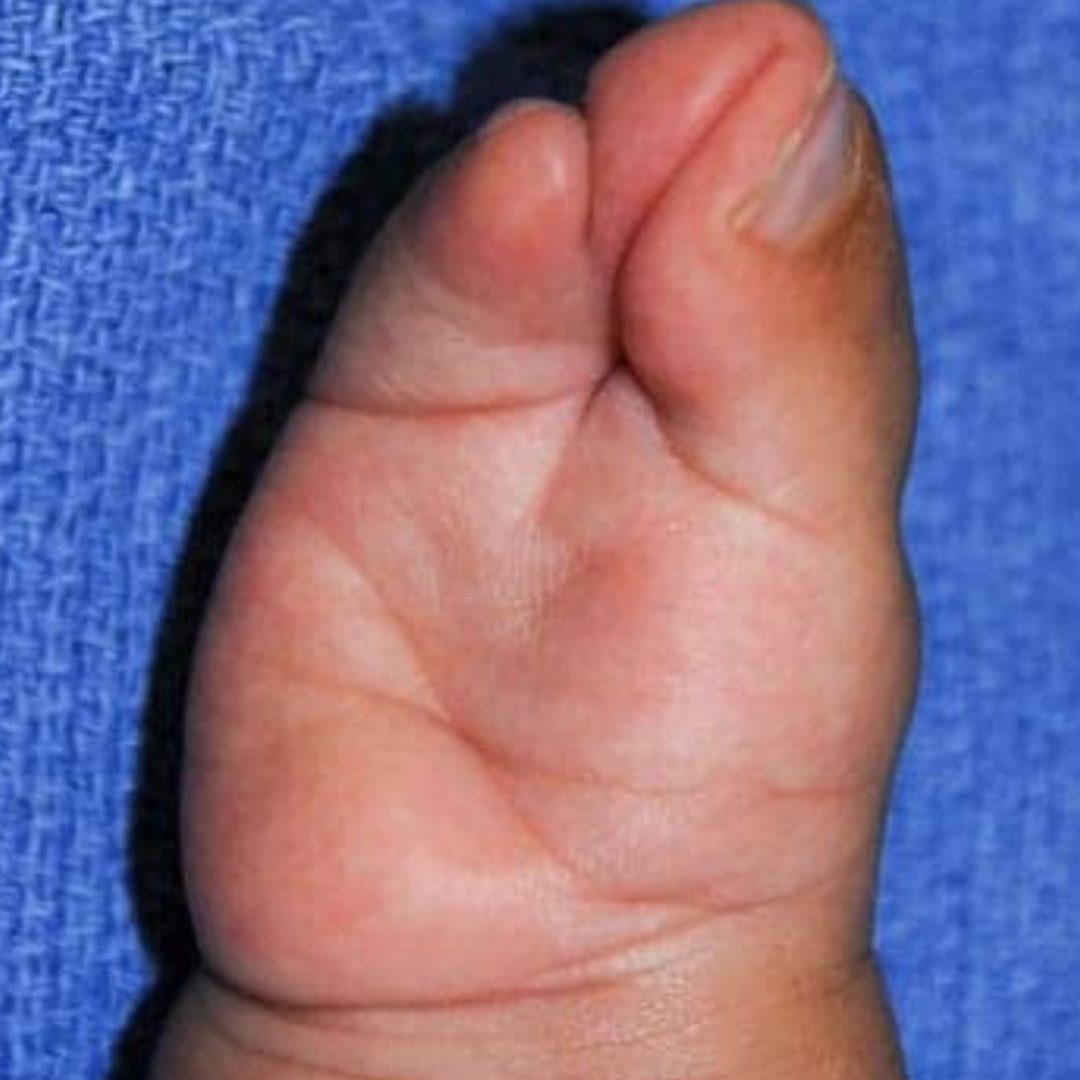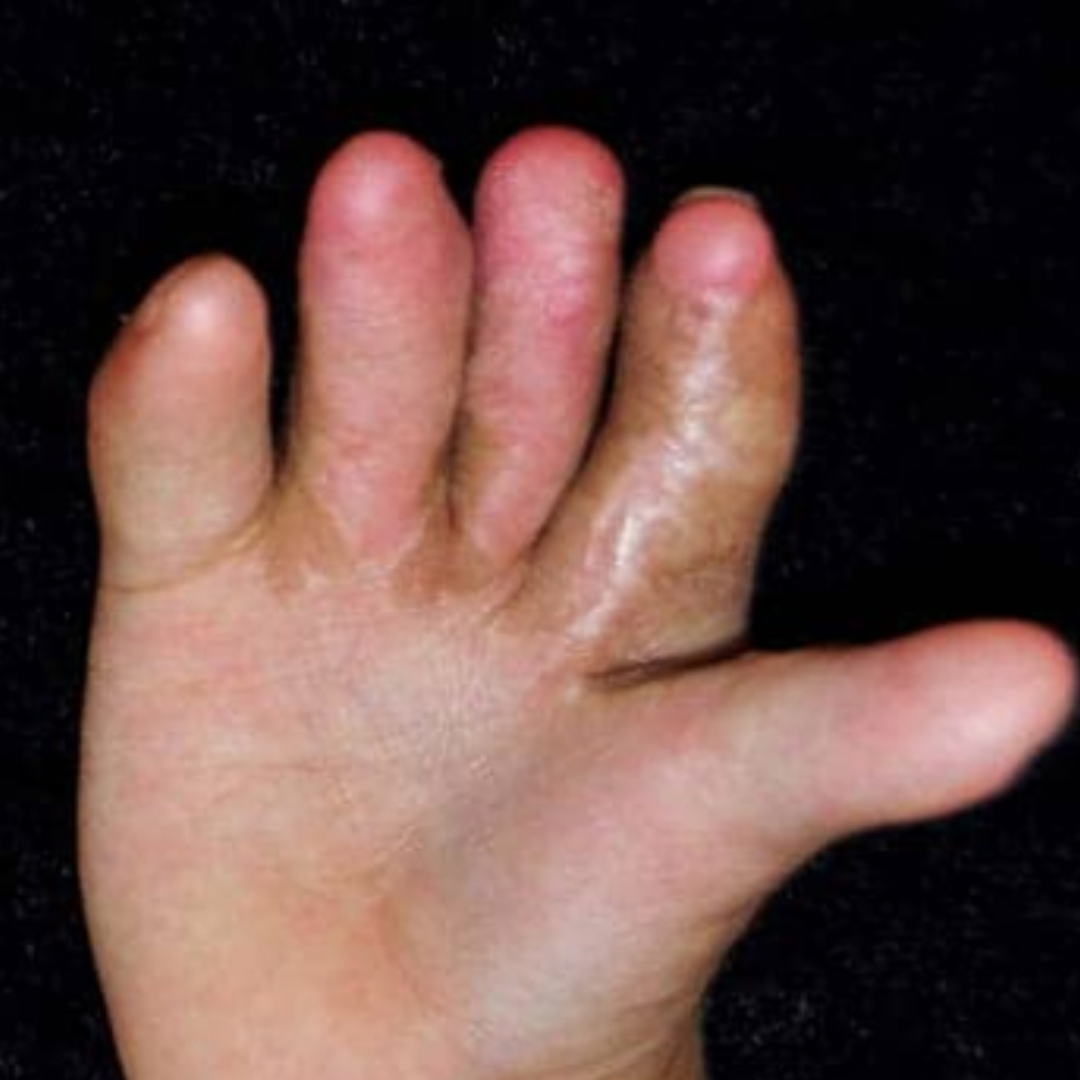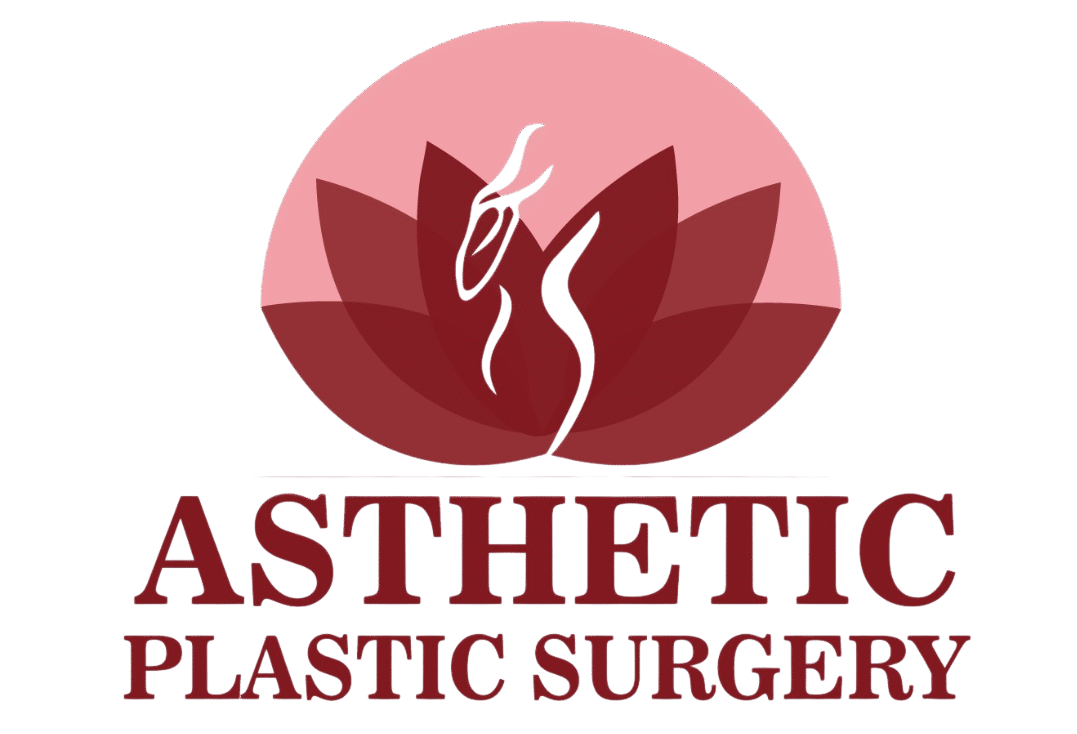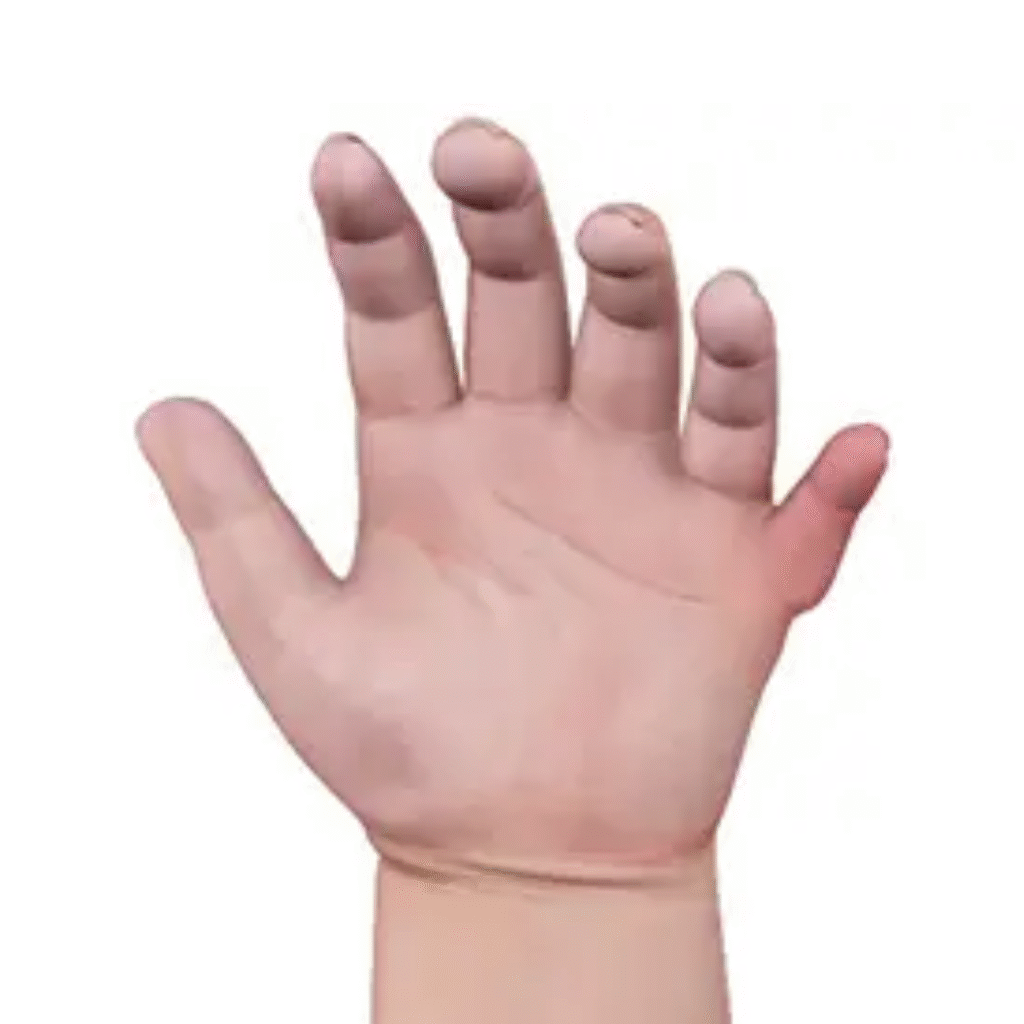Congenital disorders
Confidence Begins with Expert Care
Satisfied Patients
Year of Experience
Satisfied Patient
Awards
What is Gynecomastia?
Congenital hand disorders are abnormalities of the hand and upper limb present at birth. These conditions may range from minor differences in finger length to the complete absence of parts of the hand or arm. They are caused by genetic, environmental, or unknown factors affecting limb development during fetal growth. Early diagnosis and surgical intervention by a hand specialist can significantly improve function, appearance, and quality of life.
What causes it:
- Genetic mutations: Inherited or spontaneous mutations leading to abnormal limb formation.
- Chromosomal abnormalities: Issues like trisomy or deletions affecting fetal limb development.
- Vascular disruptions: Poor blood supply to the developing limb in utero may cause tissue damage.
- Environmental exposures: Harmful substances (e.g., alcohol, drugs, certain medications) during pregnancy.
- Amniotic band syndrome: Strands from the amniotic sac entangle limbs, leading to constriction or amputations.
Symptoms:
- Missing or extra fingers/toes: Conditions like polydactyly (extra fingers) or syndactyly (webbed fingers).
- Improper finger alignment: Bent, fused, or uneven fingers.
- Reduced hand function: Difficulty grasping or performing daily tasks.
- Abnormal hand shape: Visible deformities or unusual appearance of the hand.
- Impaired growth: Fingers or hands may be smaller or underdeveloped.
Complete Process
Consultation & Planning
A detailed assessment of the hand is done using physical exams and imaging to understand the deformity. The goal is to identify the type, severity, and best timing for treatment.
Customized Surgical Planning
The surgical approach is customized based on the condition—such as syndactyly or extra digits—with timing planned to support normal growth and function.
Daycare Procedure & Recovery
Surgery is usually daycare-based under general anesthesia. Most children go home the same day, with follow-ups and therapy to support healing and movement.
Post-Operative Care & Results
After surgery, dressings and splints may be used, and physiotherapy is often recommended to restore movement. Results are generally long-lasting, aiming to improve both function and appearance.
Why Choose Us for Congenital disorders Surgery?
- Board-certified specialists in pediatric and adult congenital hand conditions.
- Customized surgical solutions for conditions like syndactyly, polydactyly, cleft hand, and more.
- State-of-the-art microsurgical procedures to reduce scarring and improve recovery.
- Child-friendly care with emotional support for families throughout the treatment journey.
- Thorough diagnostics with multi-disciplinary collaboration for complex cases.
- Clear consultations, ethical practices, and complete treatment planning.
- Strong focus on functional outcomes, aesthetics, and continued post-operative support.


Need Help?
Patient Care Tips After Treatment
- Follow Medical Advice Strictly
- Attend Regular Follow-Up Appointments
- Focus on Developmental Support
- Provide Emotional and Psychological Support
- Promote a Healthy Lifestyle
- Stay Educated and Informed
Get In Touch!
We Would Love to Hear from You!
If you’re considering surgery for a congenital disorder seeking expert, personalized treatment, contact us today for a private consultation.
+91-98765-43210
info@astheticplasticsurgery.com
Asthetic Plastic Surgery 2nd Floor, Wellness Plaza South Extension, New Delhi – 110049
Testimonials
Real stories. Real results. Hear from patients whose lives have improved through expert care for congenital disorders, reflecting our commitment to personalized treatment and life-changing outcomes.
"We were so worried when our baby was born with fused fingers. But from the first consultation, the team made us feel safe and supported. The surgery went smoothly, and now our daughter uses her hand just like any other child. We’re forever grateful for the skill and kindness we experienced here."
Explore Our Latest Blogs
Explore our expert-written blogs to stay informed about congenital disorders, treatment options, recovery guidance, patient experiences, and the latest medical advancements. Whether you’re seeking answers for a loved one or looking to understand a condition better, our blogs provide valuable insights and compassionate advice to support you every step of the way.
FAQ
Frequently Asked Questions
Yes, treatments are generally safe when performed by experienced, board-certified specialists in accredited hospitals or clinics. Each case is carefully assessed to ensure the best possible safety and outcome.
If you or your child experiences limited hand movement, visible deformities, or difficulty performing daily tasks, it’s a good idea to consult a specialist. Early evaluation can help determine if treatment is needed to improve function or prevent future complications.
Recovery time depends on the type and complexity of the treatment. Some procedures have short recovery periods, while others may take longer with follow-up visits. Your doctor will provide a clear recovery plan tailored to the condition and patient’s needs.
Yes, our treatments are carefully planned to enhance both appearance and function. Using advanced surgical techniques, we strive for results that look as natural as possible—restoring form while maintaining symmetry and mobility, especially important in growing children.
Yes, congenital hand surgeries are designed to deliver long-lasting, often permanent improvements. However, follow-up care and therapy may be required—especially for children—to accommodate growth and ensure optimal long-term function.
Yes, we provide flexible financing and EMI options to make treatment accessible and stress-free for families. Details can be discussed during your consultation.

